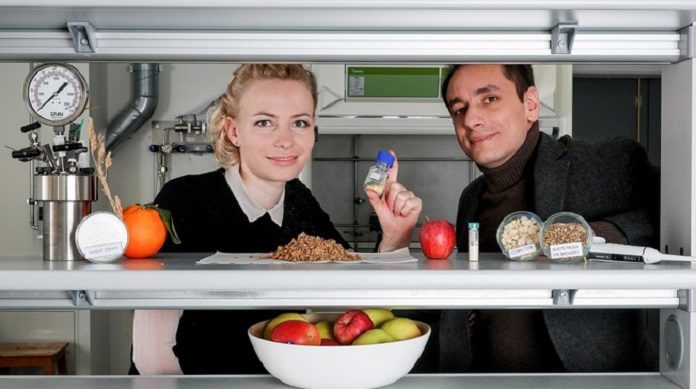Sugar is the new tobacco, and sustenance makers – under strain from expenses, laws and wellbeing experts – are attempting to locate a decent trade for it. Manufacturers now depend on starch derivatives like maltodextrin and polydextrose to make up for the volume and weight to replace beet or sugar cane. But these fillers have one major drawback: they push up blood sugar levels.
Now manufacturers may soon get what they need as a dissolvable fiber powder created from spent barley grain left finished from the lager blending process.
EPFL scientists have developed this product to make up for the weight and volume difference between sucrose and the natural sweeteners that replace it, such as stevia, which is much more powerful and thus used sparingly.
Georgios Savoglidis, CEO of Embion Technologies, which is based at EPFL Innovation Park said, “Over the long term, these peaks can result in insulin resistance, which can, in turn, lead to obesity, hypertension or even type 2 diabetes.
The soluble fibers, made up of oligosaccharides known as beta-glucans, are produced using a process that was developed at EPFL and perfected by the startup. The fibers offer two major advantages: they are neutral in flavor and good for human health. Various studies (*) have shown that these oligosaccharides help lower cholesterol and blood sugar levels and reduce the risk of cardiovascular diseases.
The product is the first one to be both robust and efficient. That will allow this product to compete price-wise in the food market.
The product actually reduces the polysaccharides in the cellulose to three- or four-molecule oligosaccharides.The patent-ensured process separates half of the heaviness of the spent grain in powder shape thirty times quicker than existing methodology. Embion utilizes a one-advance strategy that utilization up almost no vitality since it requires just a direct temperature and little weight.
Barley, in addition to the beneficial properties of its fibers, also has a very high cellulose content. Depending on the brewing process and the quality of the plant itself, cellulose may account for up to 30% of the post-brewing spent grain. What’s more, the quantity of spent grain available is vast, exists worldwide and moreover is mainly concentrated in large breweries around the world.
Savoglidis said, “This approach to upcycling spent grain could make it possible for food manufacturers to eliminate the adverse effects of sugar without using chemical additives. The spent grain that many people feel has no value actually has significant potential. It’s time to rethink how we use our planet’s resources.”
The beta-glucan powder extracted from barley also helps to maintain or restore the health of the human intestinal microbiome. These beta-glucans are a form of prebiotic that can improve the efficacy of the probiotic bacteria present in certain types of enriched foods.
The process can be repeated several times, ver without any loss of efficiency, and the remaining biomass still contains lignin, proteins, and oils that can also be harvested and reused.
The study is published online in journal ScienceDirect.
